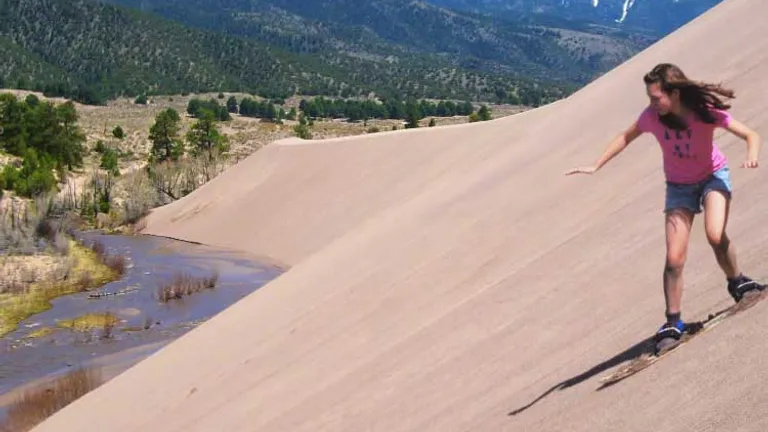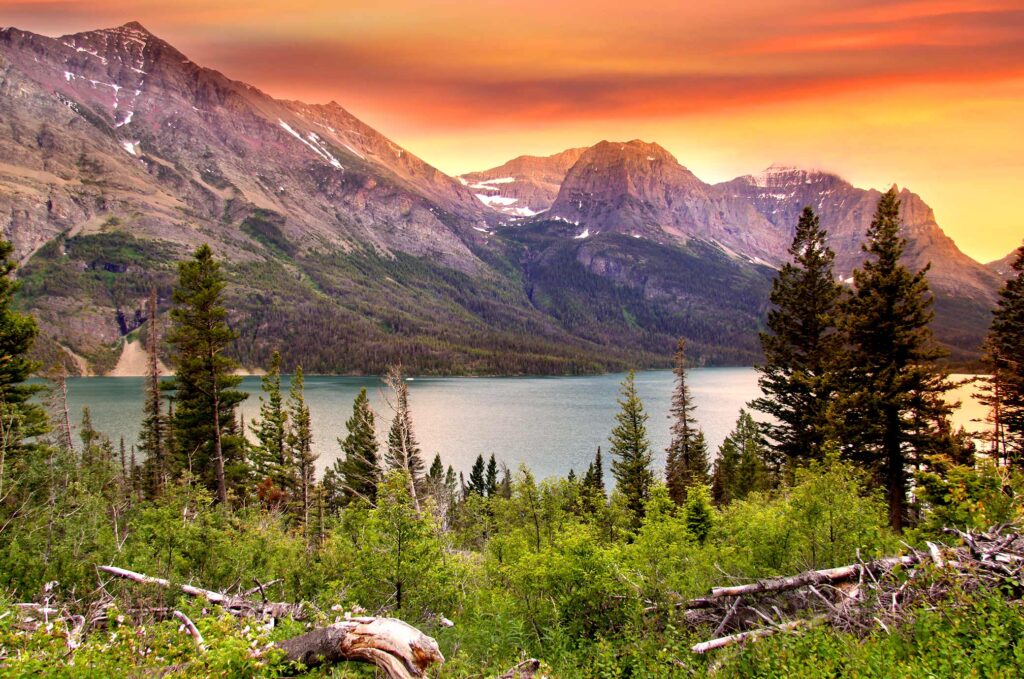Dates and events are not history, it’s who we are. Every brick tells a story of struggle and victory; every monument is a battlefield of transformation. As such, as much as we move into the year 2024, let us remember where we came from while saving these places that matter most to us as Americans. These places offer us an opportunity like no other to see into this country’s past. This journey connects us with our roots and deepens our understanding of today’s world.
There is something about being able to touch history that captivates whether one is an avid historian or simply looking for inspiration in their travels. Let me take you through some amazing historical sites all over America which will not only transport but enlighten you.
The top 5 historic sites in America to visit
When it comes to exploring the past of United States many locations come alive with its spirit. However, there are few places that truly encapsulate what this nation has been through throughout time better than others; here they are – my top five must see historical sites for anyone wishing to understand where we have been:
First on my list would be Independence Hall located at Philadelphia where debates took place before adoption into law both Declaration of Independence & Constitution itself were held under consideration among representatives from thirteen colonies. It is there while walking those halls one can almost feel democracy being born itself!
Gettysburg National Military Park in Pennsylvania commemorates civil war battlefields as well serving memorial grounds for those who gave their lives fighting during such wars.
Monticello was Thomas Jefferson’s plantation house situated near Charlottesville Virginia showing early American life with architectural designs alone excluding any other things associated with him like his involvement towards slavery during those times since he believed so much that architecture could tell stories themselves.
Alcatraz Island found within San Francisco Bay used to serve as a federal prison where inmates such as Al Capone were kept under lock and key before being shipped off somewhere else or released back into society again after their sentences had been served accordingly to law.
Lastly, visit Mesa Verde National Park in Colorado which is similar to Machu Picchu because of its ancient cliff dwellings offering insight into Native American culture long before modern settlements came up.
Overview of each site’s significance and historical background
Independence Hall: The first entry on our list takes us eastward across Pennsylvania Avenue NW towards Independence Mall – home not only to this iconic building but also where both the Second Continental Congress & Constitutional Convention met thereby giving birth among other things like penning down United States Bill Of Rights etcetera within these walls themselves!
Gettysburg National Military Park: Next stop southwards along Route 15 there lies Gettysburg Battlefield National Park Service Visitor Center Complex. Here more than 10000 Union & Confederate soldiers lost their lives during three days battle fought between July 1-3 1863 AD which President Abraham Lincoln described later on his famous speech at Soldiers’ National Cemetery saying “Four score seven years ago our fathers brought forth upon this continent a new nation conceived in liberty dedicated to proposition that all men are created equal…”
Monticello: Thirdly let’s head southeastwards via Interstate Highway 64 East until reaching Charlottesville Virginia then follow signs leading uphill towards Monticello Jefferson’s Plantation House shall appear soon enough right there on left hand side about two miles away from main road itself.
Alcatraz Island It is located about 1.25 miles offshore from San Francisco, California. The prison was used for many notorious inmates such as Al Capone.
Visit Ellis Island where millions began their American journey between 1892 and 1954. Its restored facilities bring to life personal stories that illuminate America’s immigrant experience.
Tips for planning a trip to these historic sites
When planning on visiting historical places do some research work first by looking into various sites individually, check their official websites for hours of operation or any special events that may be taking place at the time you are planning to visit them.
Consider the season when planning your trip since there might be less crowd during low seasons which will enable one to have a close encounter with such places. If guided tours interest you more than anything else then it would only be wise enough if one could book early enough especially during peak periods so as not to miss out on this great opportunity.
Comfortable walking shoes should be packed as many historic places require extensive site seeing on foot and don’t forget your camera, too. This is important because you need to capture these moments!
When you arrive at a destination, try to engage with the local guides or visitor centers; they usually have some tips that will make it more interesting for you.
How are these sites adapting for modern times?
Throughout America, historical sites have been integrating technological advancements into their setups in order to provide visitors with enriched experiences. A lot of them now offer augmented and virtual reality tours which take people back into different eras. By doing this they are able to bring the past closer to us – an approach that is both creative and useful.
Furthermore, sustainability has become a key area of focus among these establishments. They are now adopting green measures so as not only to reduce their carbon footprint but also save those old buildings from being destroyed by climate change impacts. For example, many sites have started using solar panels while others use energy conserving gadgets.
Equally important is social media which plays a big role in creating awareness about such places. Through online platforms like Facebook or Instagram where stories can be shared with captivating visuals attached; younger people who may never go there get attracted.
Involving exhibits interact visitors rather than just allowing them watch passively – hands-on activities create personal connections towards understanding what happened before thus making learning fun again irrespective of age bracket involved.
These changes ensure that historic locations remain relevant while still paying tribute to their rich pasts.
The effect of tourism on preservation of historical sites
Tourism greatly contributes towards conservation efforts directed at maintaining historical features intact over time. Whenever individuals visit any given site; demand for its maintenance arises leading to more funds being allocated for such purposes due increased numbers of tourists visiting hence money obtained from entrance fees also goes up thus resulting into better prospects concerning restoration works required hereafter.
Nonetheless, there exists a catch twenty two situation because too many people walking may cause damage especially on delicate parts; besides over crowding tends to dilute essence behind these places thus making them lose their uniqueness.
Local economies benefit from tourist dollars which can motivate communities into safeguarding their heritage. This means that apart from creating jobs; infrastructural projects plus educational programs receive funding as well whenever this sector thrives within a particular area thereby contributing positively towards development in such places.
Interacting with visitors also instills an appreciation for the past among residents. When one connects emotionally with a place, they naturally become more concerned about its protection hence ought to be done everything possible by authorities responsible ensure that nothing happens there during lifetime of current generation or even beyond.
Awareness campaigns should target both travelers and locals so that they learn how best undertake tourism responsibly. Sustainable approaches do not only minimize negative impacts but also enhance guest experiences at these sites where memories are kept alive forever.





6 Responses
You left off Richmond Virginia. There is more history in this town than any other town I can think of..
building of the Capital of the Confederacy, John Marshall’s House, Church where the founding father met and “Give me liberty or death” was said in the local church to name a few sites in this location…
It’s a beautiful place to go and see the historical places of America. Is there any help to a disabled person can enjoy seeing places? And what travel agencies offers this tour. Thanks
Please send me bruchours
I grew up in Philly. Have been to and driven past Independence Hall many times. I now live in south Jersey. If ant body wants to see Philly and have a place to crash, I’m here.
Very interesting and informative!
Please post the exact location of the place where the airplane crashed carrying musicians with the famous singer Ritchie, of movie La Bamba. I think it should be remembered and prayed for every time.